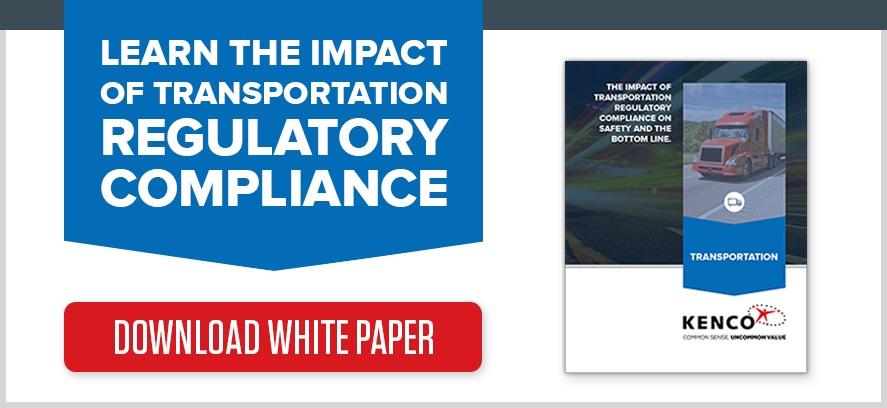
While the above image may seem appealing to some, to those of us in the supply chain and logistics industry the title of this blog and the image are terrifying.
The most trending topic in transportation is “driver shortage.” We all know trends can be fleeting thoughts passing in and out of our culture on a whim; but unfortunately, the reality of our current driver shortage is not one of those fleeting trends…unless actionable solutions are implemented.
The first place to find a solution is to discover where the shortage is coming from. In the video below, from the American Trucking Association’s Chief Economist, Bob Costello; he expertly lays out the following bullet points:
- Age
- Gender
- Lifestyle
- Other job alternatives
- Regulations
- Difficulties to get CDL
A recent Forbes.com article noted, within the next five years, 25% of the American workforce will be age 55 and over. The number of baby boomers preparing for retirement will put a large deficit in our workforce. According to the American Trucking Association, the average driver age is already 49, which means the current driver shortage of approximately 35,000-40,000 drivers could soar to 240,000 by 2020 if the current driver shortage trend and baby boomer retirement plan continues.
While the aging workforce plays a significant part in the shortage, it’s by far not the only factor. Some drivers may be forced to leave due to safety records. In some cases, drivers may leave for industries such as construction or manufacturing to enjoy a different lifestyle. After all, driving a truck is not a lifestyle not everyone is drawn to. Sitting for hours, battling traffic congestion, bad weather, and lengthy periods away from home are daily struggles for drivers. Plus, drivers face:
- Lack of respect
- Stagnant pay rates
- Increased regulatory environment
- Excessive hours of service requirements
- Engine emission requirements that increase equipment costs
- Inefficient shippers that waste available hours of service
The consequences of the dire aging workforce statistics, combined with existing human resource challenges for truckers has many in the industry wondering what else is contributing to driver loss and what can be done to reverse the shortage.
All of this comes at a time when economic demand, which had been sluggish for years, is now flourishing and creating an even greater demand for additional drivers. In fact, trucking companies are turning down business due to the driver shortage.
Recruit and Retain Drivers: Ideas for Improvement
With a less than sufficient pool of new drivers, the first question is why driver recruitment is such an issue. The ATA reports the average trucker turnover rate is over 97%, yet most companies continue mass recruitment efforts instead of addressing some of the root causes of the shortage. Drivers play a critical role for carriers, which has many competing to attract drivers. What can you do to lead the recruiting pack?
Coming from a company that has less than 20% driver turnover, we think the first step needs to be recognizing and respecting the importance of drivers in the overall organization. Companies need to find out what they can do to help drivers be more efficient by getting their opinions and keeping communications open. Some other ideas:
- Work with preferred shippers who are respectful of drivers’ time by decreasing dwell/wait times at the dock, and improving loading efficiency and dock management techniques. Also preferred shippers should provide amenities for drivers who have to wait; small creature comforts can make a big difference after a long period on the road.
- Reassess base pay, and consider the use of sign on bonuses after a period of time and referral incentives. Safety incentive programs are a great way to attract qualified, safety-focused drivers.
- Provide newer model equipment to drivers.
- Reconfigure driver schedules to get them home on a more frequent and regular basis.
As an industry, we also need to consider the talent pool we’re tapping into for the search. Currently, commercial drivers must be 21 years or older. Some have suggested that the industry is missing out on potential candidates. One growing recruitment area is military veterans. Individuals who have completed their military commitments and do not come home to promising employment provide a great opportunity. Companies can help those who have served our country find meaningful employment while addressing a critical need. Hire Our Heros is a great program and opportunity.
There are solutions. As experts in our industry we need to stop with the status quo and start being innovative in one of the oldest industries in existence. As an industry, I think we can do this. It is going to be hard work and take perseverance; but that is not a new concept to our industry.




